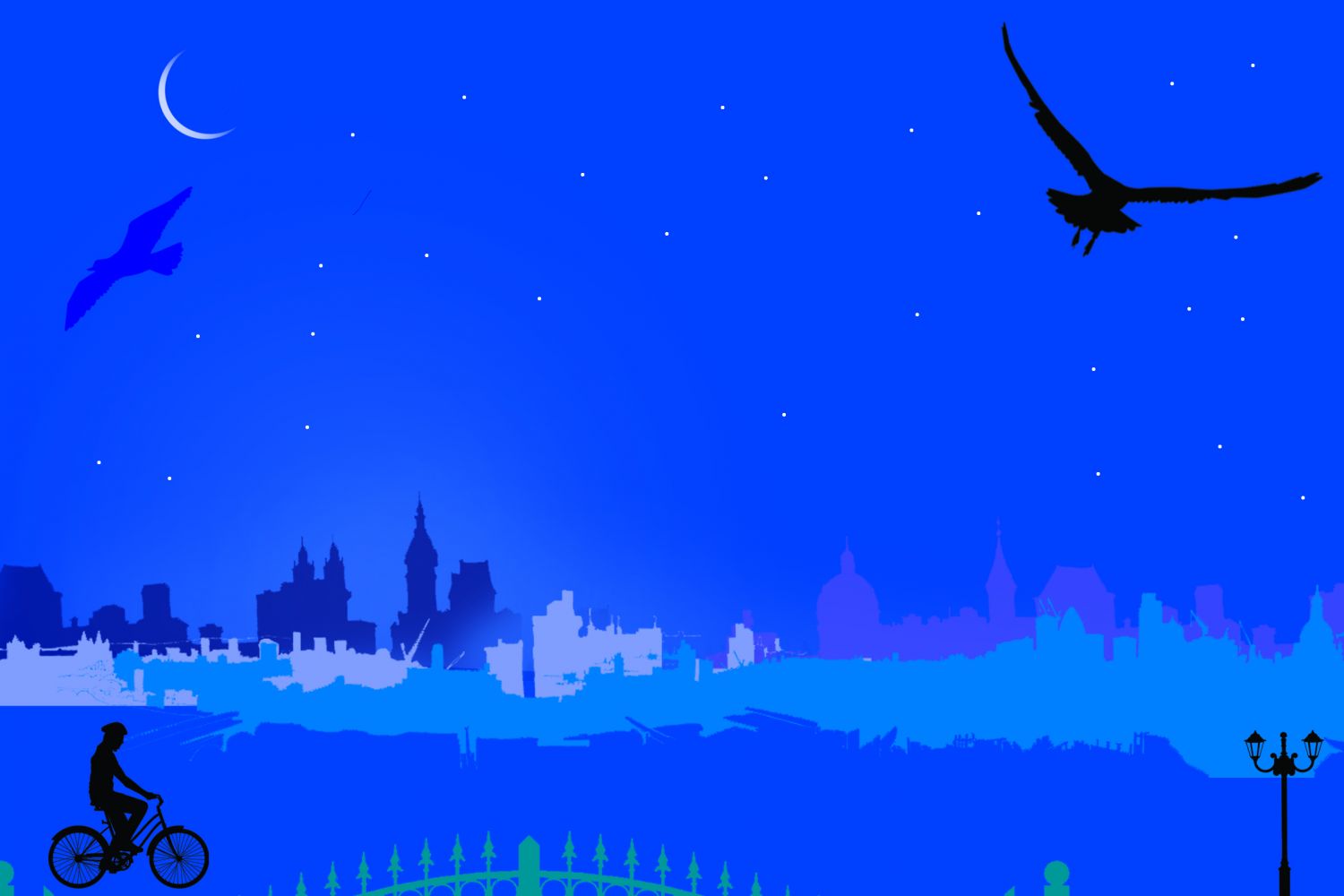
IBura mat maanna, main
Musalmaan hoon,”
says the auto-driver, glancing half backwards. We are mid-way between Pune
railway station and Magarpatta City, and deep into a discussion about the cost
of living. He is apologetic not for being Muslim, but for bringing up the
matter of his religion at all. He was eligible for a government job, but feels
he was discriminated against. He has since worked hard, and can now even rent
out a spare auto. He is around fifty earns almost ₹40,000 a month





